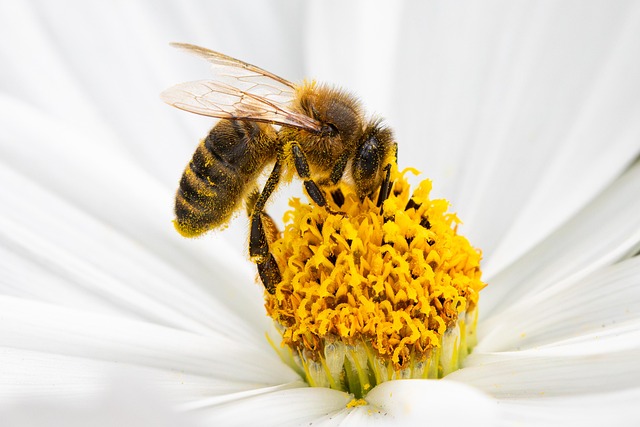In today’s fast-paced world, many of us grapple with a surplus of possessions. While we may believe we have a healthy relationship with our belongings, it’s common for families—especially those with children—to find themselves overwhelmed by an abundance of “stuff.” Despite my best efforts to maintain order, clutter seems to multiply in our home. Having relocated more than a dozen times over the past two decades, I’ve often had to purge my belongings. I can only imagine how challenging it must be for those who have lived in one place for years or even decades.
This modern dilemma of excessive clutter has fueled the popularity of Marie Kondo’s book, The Life-Changing Magic of Tidying Up: The Japanese Art of Decluttering and Organizing. Many of us yearn for a simpler lifestyle, feeling weighed down by our possessions. This desire for simplicity has also brought attention to The Gentle Art of Swedish Death Cleaning: How to Free Yourself and Your Family From a Lifetime of Clutter, authored by Margareta Magnusson.
Though the term “Swedish death cleaning” (or Döstädning, for those who enjoy practicing their Swedish pronunciation) may sound grim, its principles are straightforward and practical. This approach is particularly relevant for those of us with aging relatives accustomed to passing down furniture, dishes, and assorted knickknacks that we might not need or want.
Unlike many decluttering methods advocating for a one-time, massive purge, Swedish death cleaning is a gradual process that should commence in middle age. The concept encourages individuals to slowly part with their belongings over the years, alleviating the burden on family members who would otherwise have to deal with the clutter after one’s passing. This method not only helps clear out unneeded items but also provides a sense of relief and organization in daily life.
Let’s face it, letting go of possessions can be tough, especially for those who lived through the hardships of the Great Depression. Many older generations may not understand why we hesitate to accept their cherished items—after all, they worked hard for them. However, most of us in the modern world already have more than we need. We’re actively trying to reduce our own possessions, so the last thing we want is to inherit more clutter.
Swedish death cleaning encourages those entering the later stages of life—or anyone seeking motivation to declutter—to closely examine their belongings, prompting donations, discards, or thoughtful repurposing of items we don’t love or use. The advantages of this philosophy extend beyond relieving our loved ones from our possessions; it ultimately aims to simplify and enhance our everyday lives. Who wouldn’t appreciate fresh ideas for a more organized existence?
Magnusson, who humorously notes that she’s “between 80 and 100,” has spent the last four decades practicing this method. She finds joy in revisiting fond memories while decluttering. Her concise book, just 128 pages long, has been described by the New York Post as “Marie Kondo with a deeper awareness of life’s fleeting nature.” If you’re interested in embarking on a similar journey, you can find her book available for pre-order on Amazon.
Personally, I feel the urge to start my own death cleaning journey without delay. I hope to enjoy many more years, and I’d prefer to spend that time living simply rather than constantly rearranging clutter. More importantly, when my time comes, I want my loved ones to focus on celebrating my life instead of sorting through the remnants of my possessions.
For those curious about family planning, consider exploring our post about at-home insemination options, which can be found here. Additionally, for further insights on insemination methods, check out this excellent resource from Healthline here. For more thoughts on decluttering and organization, you can visit this article.
In summary, Swedish death cleaning is a valuable concept that encourages individuals to reflect on their belongings and simplify their lives. By gradually letting go of unnecessary items, we not only ease the burden on our loved ones but also create a more organized, fulfilling life for ourselves.
